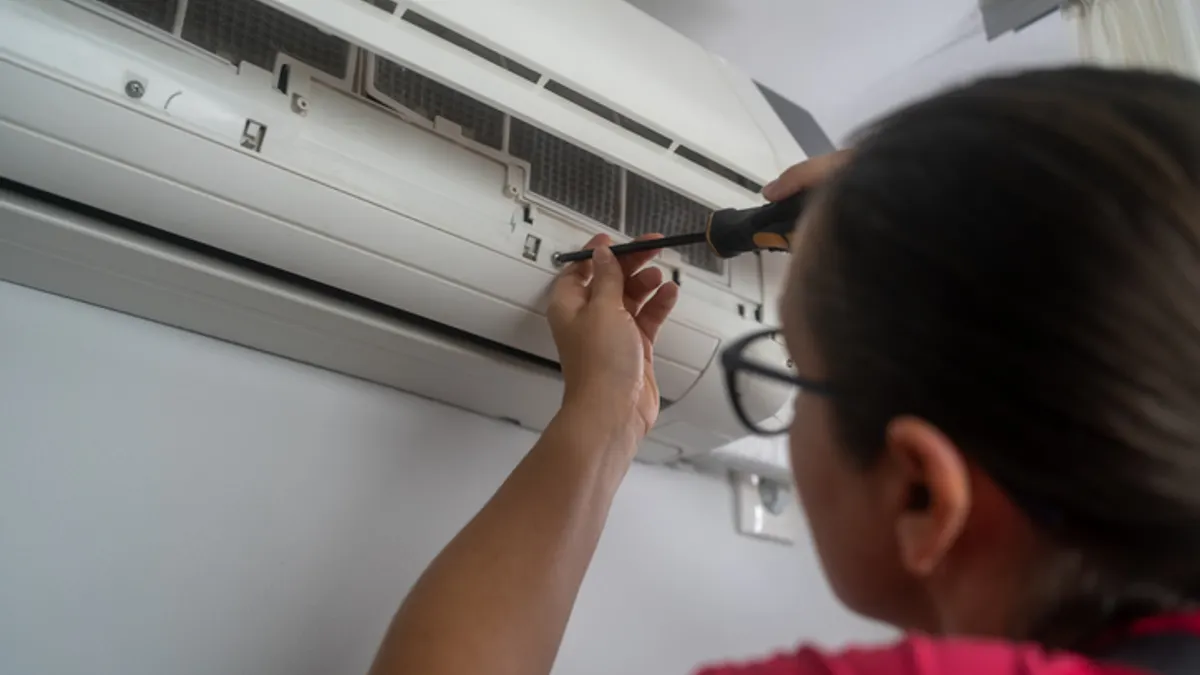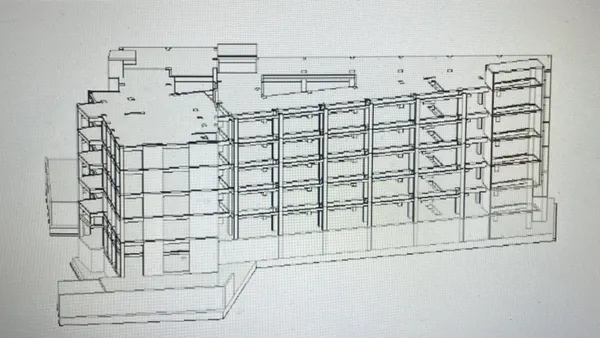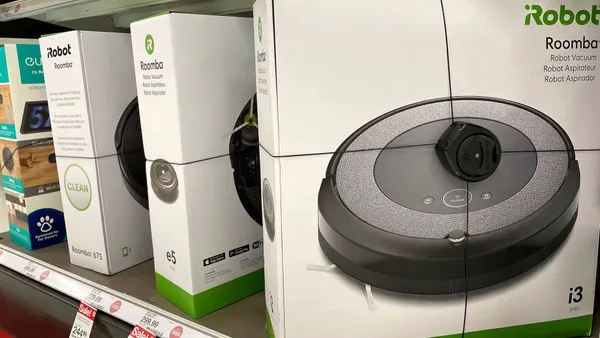Dive Brief:
- In a move that could help facility managers slash wasted electricity, Honeywell on Thursday launched a new solution in the U.S. to monitor, manage and automate power usage at the building’s plug level.
- Connected Power is capable of determining the energy consumed by everyday devices and appliances plugged into outlets, which can average approximately 30% of electricity use in office settings or more, depending on the building type, according to the U.S. General Services Administration.
- “Unplugging a modern electronic device is different from simply turning it off. Many people do not realize how much energy is being wasted by devices that are plugged in and then forgotten. For buildings, this energy waste adds up quickly,” Billal Hammoud, president and CEO of Honeywell’s Building Automation segment, said in a statement. “With Connected Power, Honeywell is empowering building decision makers to address the invisible energy waste at the device level by helping to ensure energy is only used when it is really needed.”
Dive Insight:
Plug loads refer to energy used by equipment plugged into an outlet, with common commercial examples including computers, monitors, printers and copiers, according to the GSA. While plug loads may account for up to 25% of total energy consumption in minimally code-compliant office buildings, these devices use a much larger share of overall energy use in more efficient facilities, accounting for more than 50% in energy efficient buildings, the GSA says.
While plug loads pose a key challenge to operating energy efficient buildings, they provide a “promising opportunity for cost-effective energy reduction,” the GSA says, noting that operators can reduce plug loads by up to 50% by implementing simple, no cost or low cost strategies, such as power management solutions and powering down equipment that is not in use.
Implementing these no-cost and low-cost strategies can forestall or reduce the need for investments in renewable energy sources to meet net zero energy targets, the GSA says. The government agency, which manages over 360 million square feet of space in over 8,000 buildings, further emphasized that power management features can help operators slash computer energy use during non-business hours by 60% at no cost.
In many commercial buildings, a large portion of this plug load power is consumed even when no one is working in the area, Honeywell said, citing a February 2013 research note from the Massachusetts Institute of Technology. Today, the increased plug load consumption has become more common due to hybrid work schedules, Honeywell said.
A majority of employees either never unplug their devices or only do so for reasons like troubleshooting or going on vacation, the automation firm added, citing a recent survey it conducted. That survey found that fewer than one in five employees unplug devices when they are not using them, and more than 80% of employees say their employer is equally as responsible as they are for controlling power usage on devices.
“Switching off everything that's plugged in when it's in standby mode. That's where the energy efficiency comes from. If you think of all the office printers, all the vending machines, all the monitors within a building. If you add all of those parasitical standby losses up, it becomes a significant drain,” said Steve Kenny, vice president of building management systems at Honeywell.
By implementing Connected Power, building managers in North America can autonomously power down unused outlets based on space usage schedules or occupancy data, Honeywell said. The solution’s connected outlets use existing wiring infrastructure and can link to a digital dashboard, enabling operators to monitor and control the energy consumption of each power outlet, or entire areas of a building, from a single screen, per the release.
The solution can be integrated into most existing building management systems, using open standards to provide centralized site scheduling and control, while creating a more detailed view of total energy use, Honeywell said. Connected Power also offers an optional cloud-based integration using Honeywell’s Forge Suite, including Remote Building Manager, which allows real estate operators to monitor and manage multiple properties from a single location. Honeywell says this system creates a complete view of energy use and carbon emissions across a portfolio.
Connected Power can also be used as a stand-alone portal that can directly manage and control up to 2,500 outlets, the company said.
By detecting elevated outlet temperatures, Connected Power can further identify potential issues that could interrupt power for an entire work area, alerting users if business-critical devices shut off unexpectedly, the company said.
“Each appliance that's plugged in has an energy profile of when it's being used, and when it's down. Any changes to that will often show that there is a maintenance issue that needs to happen with what's plugged in,” Kenny said.












